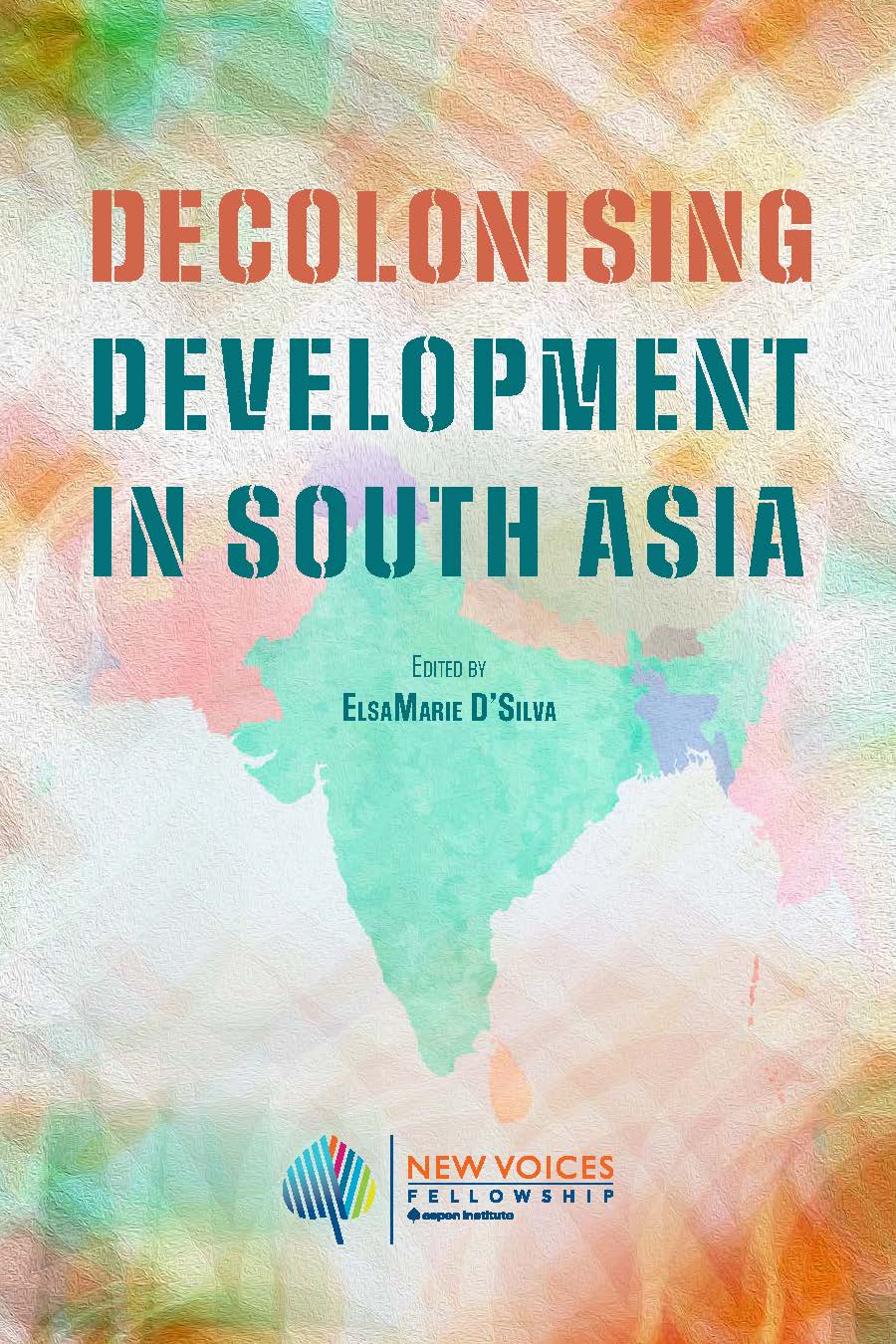Alan Weisman discusses his new book, “Countdown: Our Last, Best Hope for a Future on Earth?” with moderator Jackie Judd at the Aspen Institute.
When journalist Alan Weisman proposed a new book on the challenges posed by human population growth, his editor said, “That one’s a live wire; don’t touch it.”
But Weisman was undeterred, and two years later, he published “Countdown: Our Last, Best Hope for a Future on Earth?” It’s an impressive accomplishment, exhaustively researched, and engagingly written. Last week, Weisman was joined by a cross-section of development experts at the Aspen Institute in Washington, DC, to talk about the book, in a lively session moderated by former broadcast journalist Jackie Judd.
Weisman’s previous book, “The World Without Us,” examined humanity’s environmental impact by imagining planet earth after our mysterious disappearance. The new book is about the world with us. Lots of us — 7.2 billion at last count, with another million arriving every four days. We are, he observes, on track to add another 3.7 billion people to the planet — the equivalent of two Chinas, or ten United States — by the end of this century.
Just how many people can the earth support, without irretrievably damaging the natural systems that sustain all life? To answer that question, Weisman visited 21 countries, where he spoke to scientists, doctors, religious leaders — and countless ordinary men and women. From the Jordan River, which has been reduced to a toxic trickle, to the empty nets of Philippine fishermen, he finds that limited resources are a challenging daily reality for many of the world’s people. However, a compelling theme emerged: ensuring that women have the ability to choose whether, and when, to bear children is crucial not only to human health, but to our shared environment.
In “The World Without Us”, Weisman suggested a universal “one-child” policy as a means to reduce human numbers and impact. But, in researching “Countdown,” Weisman learned that such policies are not only wildly unpopular, they are also unnecessary. As it turns out, the most effective — and ethical — way to stabilize population growth is to ensure access to voluntary family planning, while empowering girls and women.
Take, for example, Iran, home to what Weisman calls the “most enlightened and successful” family-planning program in the world. That program was launched in 1987, after Ayatollah Khomeini’s pronatalist campaign to raise a “Twenty Million Man Army” worked all too well. At the time, Iran’s total fertility rate hovered at nearly seven children per woman, and Iranians were daunted by the prospect of educating and employing their largest generation ever. So the Ayatollah issued a fatwa permitting family planning, and health workers fanned out on horseback, bringing free contraceptives to every corner of the country.
Unlike the Chinese government’s (recently amended) one-child policy, the Iranian program enabled people to make their own decisions about childbearing. It did, however, require couples to learn about family planning in premarital counseling. And, importantly, it encouraged families to keep girls in school. As a result, Iran reduced birthrates even more rapidly than China. As Weisman observes in “Countdown,” by 2000, Iran’s total fertility rate reached replacement level, 2.1 children per woman, a year faster than China’s compulsory one-child policy. And it has continued to fall, to 1.7 in 2012.
Iran is not alone. Worldwide, fertility rates dropped from just over five births per woman in 1965 to 2.5 today. Still, pockets of high fertility keep the global rate well above replacement level, guaranteeing continued growth.
Weisman found many reasons for this. Everywhere he traveled, he found that men wanted more children than women. Sometimes, the goal is political and military strength. In Israel and the Palestinian territories, he found orthodox Jews and Arabs locked in a struggle to out-reproduce one another. In Uganda, funding shortfalls and fragile supply chains undermined access to contraception. In Niger, where child mortality remains high despite recent gains, couples have many children “to stay ahead of the reaper,” said Weisman.
Weisman is hopeful that these problems can be overcome. “We know how to do this,” he said at the Aspen event. “It doesn’t require any great technological leaps.” For example, he said, ensuring universal education for girls would bend the growth curve, reducing population projections for 2050 by a half-billion.
Some of the experts Weisman consulted are techno-optimists, believing that our intelligent, adaptable species can innovate its way out of any crisis. The Green Revolution, which increased grain harvests tenfold in the late 1960s and early 1970s, is a favorite example. But when Weisman visited the cradle of the Green Revolution in India, he found falling water tables and desperate farmers. “Every year, they dig their wells deeper and deeper,” he said. “With the water now 1,000 feet below the surface, many are giving up.” Thousands have resorted to suicide.
“Countdown” is by turns sobering and hopeful. Weisman has indeed touched a live wire. But he offers a solution — a “last, best hope for life on Earth.” That solution — ensuring access to family planning and empowering women — is vitally important in its own right, and offers wide-ranging benefits for food security, water, sanitation, environmental security, and more. It is a solution whose time has come.

